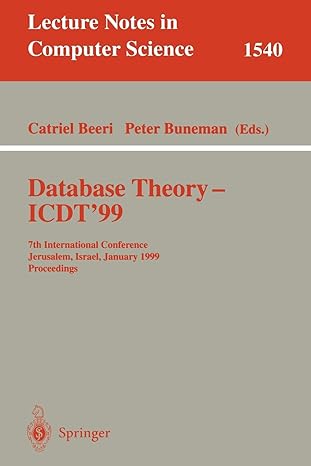Question
3. Suppose there is exactly one packet switch between a sending host and a receiving host. The transmission rates between the sending host and the
3. Suppose there is exactly one packet switch between a sending host and a receiving host. The transmission rates between the sending host and the switch and between the switch and the, receiving host are R1 and R2 respectively. Assuming that the switch uses store-and-forward packet switching, answer the following questions: a. Explain what is a store-and-forward packet switch, and b. Identify and explain each of the types of delays that should be considered to calculate the total end-to-end delay to send a packet of length L. c. Explain the difference between variable and constant delays, and identify which of the delays described in (b) are constant and which are variable. 5. Suppose that node A is directly connected to node B by a link having bandwidth 10 Mbps (mega-bits-per-second). Suppose also that the link is 1 km (kilometer), the propagation delay is meters/sec, and that each transmitted packet has 1000 Bytes. Assume no queueing delay. d. What is the delay between the time node A begins to transmit one packet and the time that the last bit of the packet has been received at node B? e. What is the total time for A to send 10 packets to B if A transmits continuously? 6. Continuing with problem 5: Assume now that there are 3 routers between A and B so that the end-to-end path is A->R1->R2->R3->B with 4 total links. Each link is 1 km in length. Again answer questions 3(a) and 3(b) for this case.
Step by Step Solution
There are 3 Steps involved in it
Step: 1

Get Instant Access to Expert-Tailored Solutions
See step-by-step solutions with expert insights and AI powered tools for academic success
Step: 2

Step: 3

Ace Your Homework with AI
Get the answers you need in no time with our AI-driven, step-by-step assistance
Get Started


